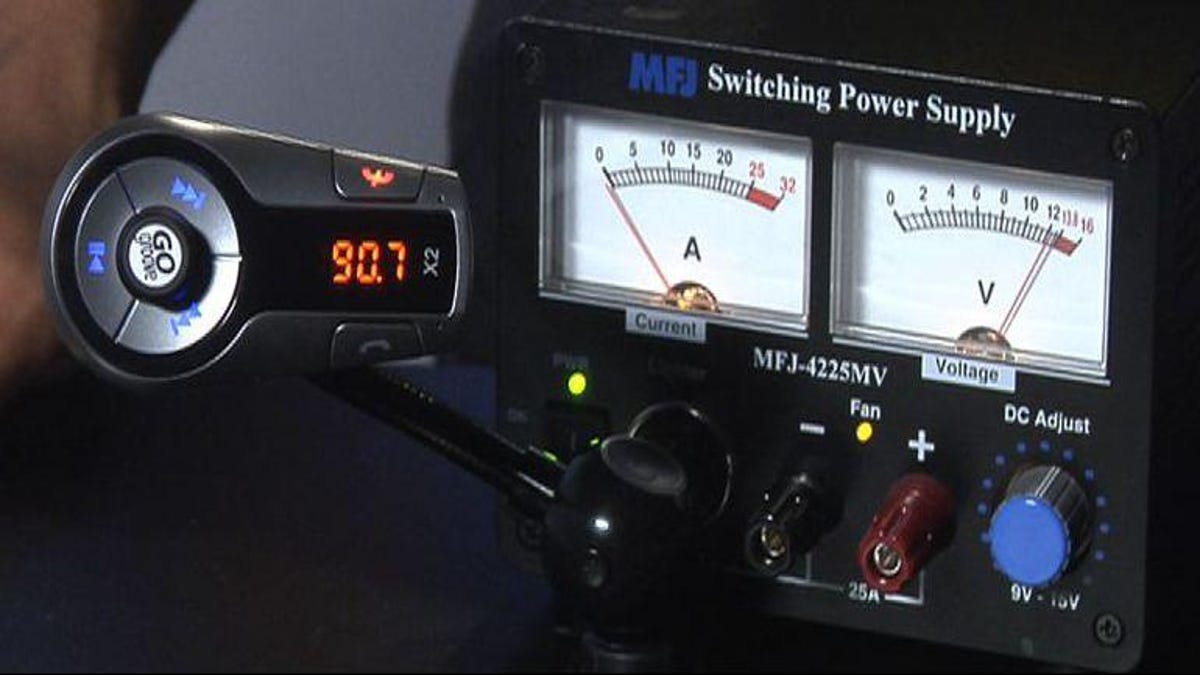How to understand your car's audio
Going beyond the volume knob.

A lot of you are car audio geeks, but for those who are mystified by increasingly complex car audio systems, here's a quick take on how to get the most out of yours.
Think of your car audio system as two parts: Sources and sound.
First, a list of sources and some of their pros and cons:
Satellite radio
Pros: National coverage, lots of stations, few commercial interruptions.
Cons: Subscription starts at $11, highly compressed audio can sound brittle and harsh.
AM Radio
Pros: Free. The old standby for news, sports, talk and information, and many stations have vast reach.
Cons: Do you have an AM radio? Not a lot of great AM stations, fidelity is poor, lots of commercials on most stations.
FM Radio
Pros: Free, easy access to an FM radio, wide station choice, sound quality is quite good.
Cons: Limited content compared to streaming, no interactivity to speak of, lots of commercials on most stations.
CD
Pros: Pristine audio quality, widely available media, works in all conditions and locations, durable.
Cons: Music takes up a lot of physical space, limited selection on disc, carmakers are starting to phase out disc players.
Hard drive
Pros: Much more capacity than CDs, highly personalized collection, fully built in.
Cons: Another MP3 collection to manage, few cars ever had a music hard drive, fidelity depends on MP3s you load.
Streaming
Pros: Lots of choice, follows you from the same services you use outside the car.
Cons: Requires a data connection, with all the availability and data limit concerns that may entail.
USB
Pros: A easier-to-manage version of the in-car hard drive, wide availability and high capacity.
Cons: Another MP3 collection to manage, often kludgy to have something sticking out of a USB port in a car.
Bluetooth
Pros: Wireless, plays whatever is coming from your phone, including phone calls, decent meta tags on car display.
Cons: Tends to make the audio from your phone sound worse, ties up your phone, doesn't charge phone.
AUX
Pros: Cables just plain work, plays whatever is coming from your phone.
Cons: Newest iPhones don't support this without an adapter, cables are messy, doesn't charge phone.
Once you select one of the above, you have a lot of ways to control how it sounds:
Volume is obvious, but check if you car has a speed compensated volume setting so you aren't having to fiddle with volume all the time as your car's speed and background noise change.
Balance moves the perceived center of the sound left or right.
Fader moves the perceived center of the sound front or back.
Bass controls the amount of low or bass frequencies in your music. Normally a Bass control will have a center position, which is "flat" (does not modify the sound) as well as equal amounts of reduction or emphasis on either side of that flat position.
Treble is the same as Bass, except it affects the high frequencies in your music.
EQ or Equalization is just a more elaborate set of bass and treble controls that let you adjust many distinct slices of tone, not just the two rather crude slices of it that are addressed by bass and treble.
DSP or Surround is part of the family called DSP or Digital Signal Processing. These are presets that will digitally add echo, reverb, compression and other techniques you don't need to know about to achieve what the audio manufacturer thinks sounds like a concert hall, stadium or vintage guitar amp. These presets often have a proprietary name like Logic7 or Fender audio. Use them if you like them, but know they have little relationship to reality and are just other ways to filter the sound and typically make it sound "wider".
Pro tip: When using Bluetooth streaming, adjust your phone's volume to 75% and then adjust your car's audio volume. This will help reduce hiss and background noise. But don't take it too far and set your phone at full volume: That often sends too loud a signal to the car stereo and results in nasty distortion. Also, check your car's audio menus for one that lets you adjust Bluetooth or AUX level or sensitivity. These are additional ways to achieve a balance of clean sound and plenty of volume, but I would still leave the phone set at 75%.

